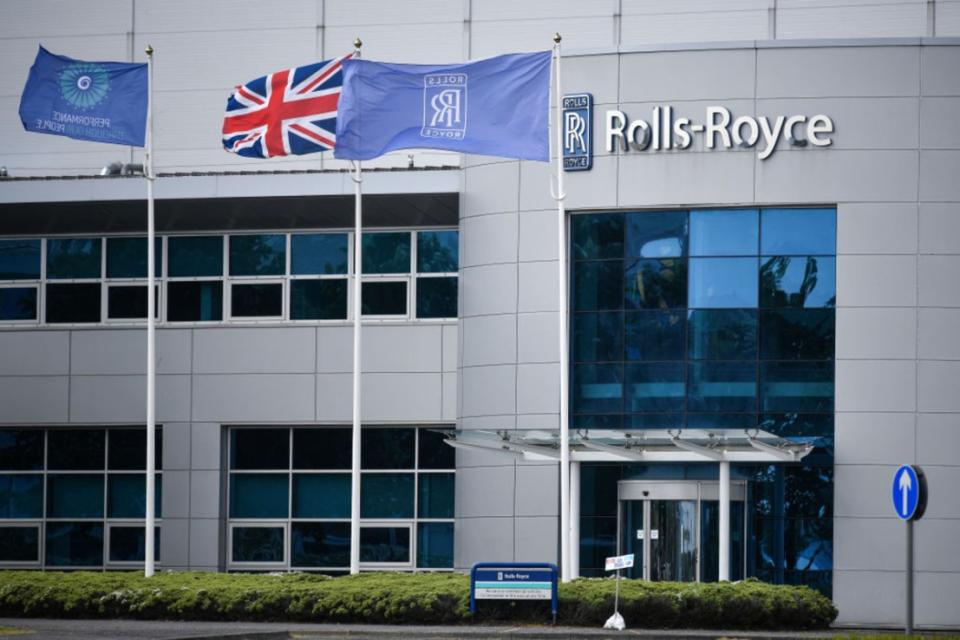How Rolls-Royce became the ‘hottest stock’ in the FTSE 100 – and what could happen next

Rolls-Royce has been dubbed the “hottest stock” in the FTSE 100 after being transformed from a “burning platform” to being worth £40bn.
The Derby-headquartered group hit a milestone at the end of last week when its market capitalisation passed the £40bn mark for the first time in its history.
Rolls-Royce is the only share in the country’s headline index to have more than trebled in value since the start of January 2023, when chief executive Tufan Erginbilgiç took over.
But how has Rolls-Royce achieved this bumper valuation, and what could happen next?
‘Turbo Tufan’s ‘no-nonsense’ plan boosts Rolls-Royce
According to Russ Mould, investment director at AJ Bell, the company’s gain in valuation from £9.5bn to £40bn is “partly attributable to the no-nonsense self-help programme” launched by Erginbilgiç since his arrival in January 2023.
Mould added that it is also partly due to the rebound in international travel and air traffic after the end of lockdowns and to the return to favour of defence-related companies and partly down to investors’ enthusiasm for the medium-term financial targets for 2027 laid down by the new boss at a meeting last November.
He said: “The possibility that Rolls-Royce could be in the vanguard of solving the country’s energy needs with its small modular reactor (SMR) nuclear technology is a further potential attraction to investors.
“Rolls-Royce has already started to show improved momentum.”
According to Mould analysts are looking for “hefty increases” in both underlying operating profit and free cash flow for 2024, to £1.9bn in each case.
Those estimates are higher than just a few months ago when Rolls-Royce published its full-year results for 2023.
For that year, the company generated an underlying operating profit of £1.6bn and a free cash flow of £1.3bn. Both of those numbers represented a substantial increase on 2022’s results.
What could the group’s future look like?
By 2027, Rolls-Royce is aiming for £2.5bn to £2.8bn in underlying profit and free cash flow of £2.8bn to £3.1bn.
However, its CEO has cautioned that the rate of advance will not be linear.
Mould added that free cash flow, and a planned £1bn to £1.5bn disposal programme, should also help Rolls-Royce to reduce its borrowings.
He said: “Less debt means less risk and less risk can mean a higher share price, or at least persuade investors to pay a higher multiple of earnings and cash flow, all other things being equal.”

 Yahoo Finance
Yahoo Finance 